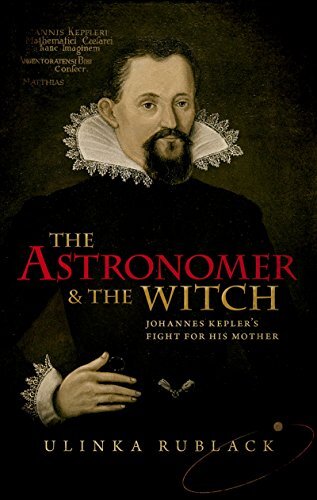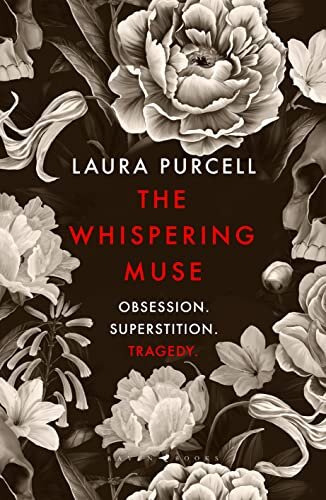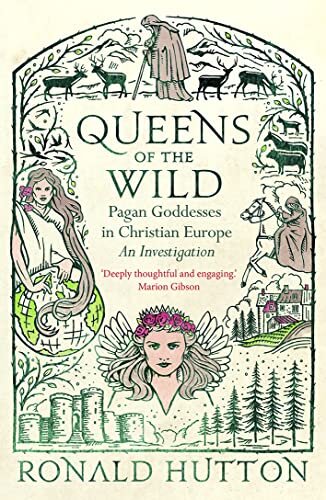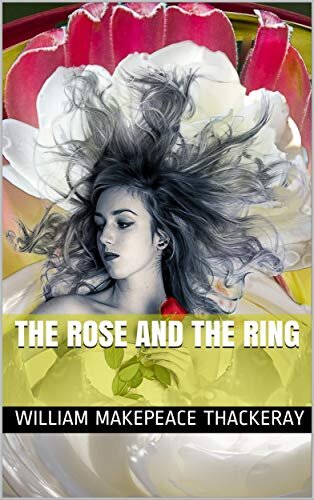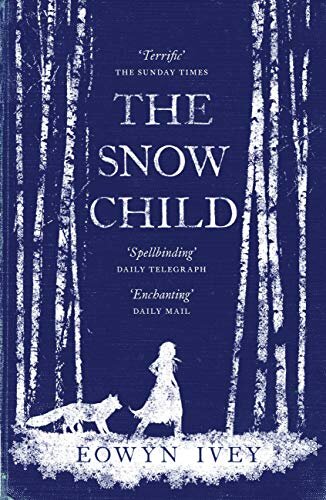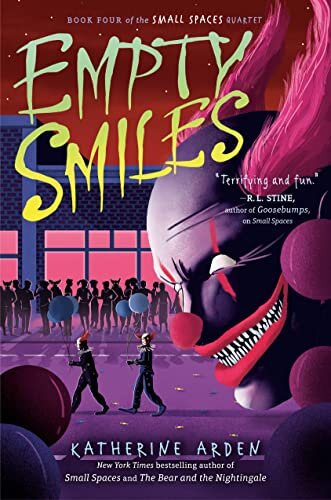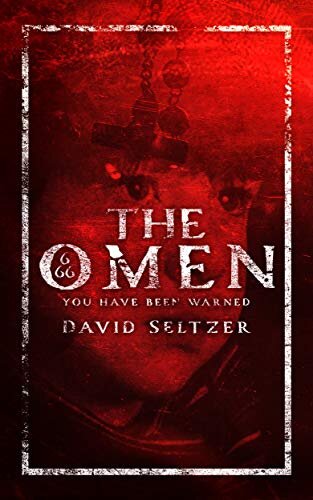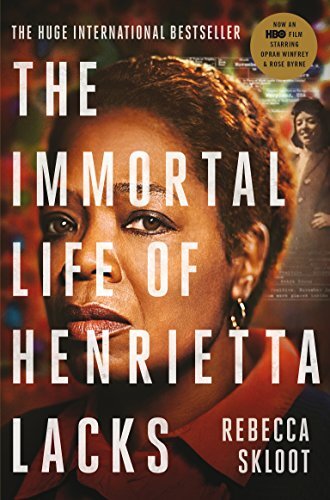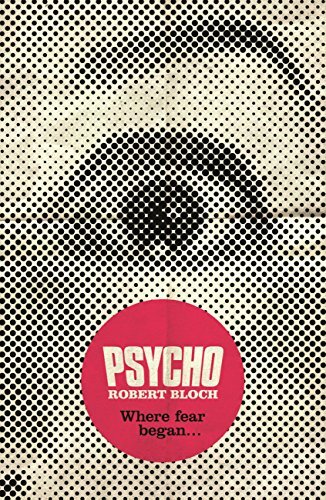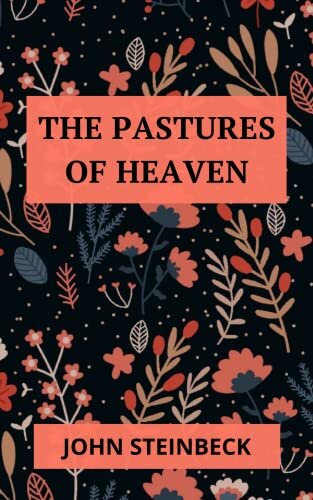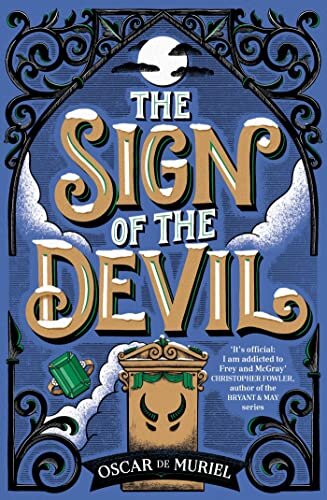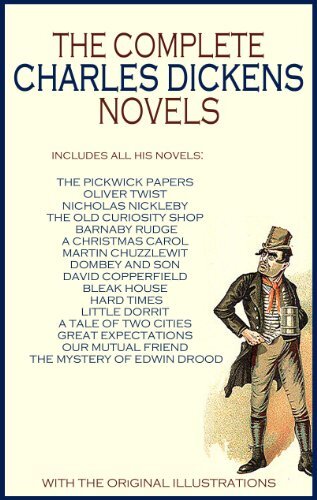Search the Community
Showing results for tags 'e-book'.
-
Andrew Greig wrote this as a result of the poem Fair Helen of Kirkconnel Lea, which is quoted in the book. It's set in the Scottish Borderlands circa 1590 full of not so much clans but family, loyalty, power struggles and marriages arranged or otherwise. Greig uses the old scots language in places and there is a guide at the back of the book in case you need one. I was familiar with most as a result of my mother but looked some of them up anyway. This is a historical novel and the history, although the story is fiction, feels accurate. It's very well written and totally believable. It's a straightforward story but the good guys are not all good and the bad guys are not all bad, which doees come as a surprise, as does the ending. Sir Walter Scott is one of the characters From Amazon : Harry Langton is called back to the country of his childhood to aide an old friend, Adam Fleming, who believes his life is in danger. He's fallen for Helen of Annandale and, in turn, fallen foul of her rival, Robert Bell: a man as violent as he is influential. In a land where minor lairds vie for power and blood feuds are settled by the sword, Fleming faces a battle to win Helen's hand. Entrusted as guard to the lovers' secret trysts, Langton is thrust into the middle of a dangerous triangle; Harry Langton is the narrator and the book pulses with action, he writes from his perspective in his present, of the events long past and narrates the events as the present. I thoroughly enjoyed the book. Recommended
-
I watched the TV documentary of this, many years ago. Mary Ann Cotton murdered around 20/21 people before she was caught and hanged. She was only ever convicted of the one murder, though. She murdered anybody she felt the need to and that included children and these were mostly her own. She poisoned them. As well as the relatively short story of her life David Wilson tries to explain why it is she is not as well known as Jack the Ripper. Well, Jack the Ripper committed his crimes in the capital city, he eviscerated his victims (as opposed to poisoning) which caught the public's imagination and he was never caught, so no closure. Mary Ann committed her crimes in the North East, moved around a lot, poisoned her victims - which, at the time, looked very much like Typhus Fever and Typhoid to a Victorian doctor - so none of them were immdediatley obvious let alone as blood thirsty as evisceration and she was caught and hanged, so closure. The book is well written if a little dry and Wilson spends too much time comparing her relative none-fame with others who were famous. Maybe we just didn't want to know.
-
Johannes Kepler (1571-1630) was one of the most admired astronomers who ever lived and a key figure in the scientific revolution. A defender of Copernicus´s sun-centred universe, he famously discovered that planets move in ellipses, and defined the three laws of planetary motion. Perhaps less well known is that in 1615, when Kepler was at the height of his career, his widowed mother Katharina was accused of witchcraft. The proceedings led to a criminal trial that lasted six years, with Kepler conducting his mother's defence. In The Astronomer and the Witch, Ulinka Rublack pieces together the tale of this extraordinary episode in Kepler's life, one which takes us to the heart of his changing world. First and foremost an intense family drama, the story brings to life the world of a small Lutheran community in the centre of Europe at a time of deep religious and political turmoil - a century after the Reformation, and on the threshold of the Thirty Years' War. Kepler's defence of his mother also offers us a fascinating glimpse into the great astronomer's world view, on the cusp between Reformation and scientific revolution. While advancing rational explanations for the phenomena which his mother's accusers attributed to witchcraft, Kepler nevertheless did not call into question the existence of magic and witches. On the contrary, he clearly believed in them. And, as the story unfolds, it appears that there were moments when even Katharina's children struggled to understand what their mother had done...
-
Be careful what you wish for... it may just come true. At The Mercury Theatre in London's West End, rumours are circulating of a curse. It is said that the lead actress Lilith has made a pact with Melpomene, the tragic muse of Greek mythology, to become the greatest actress to ever grace the stage. Suspicious of Lilith, the jealous wife of the theatre owner sends dresser Jenny to spy on her, and desperate for the money to help her family, Jenny agrees. What Jenny finds is a woman as astonishing in her performance as she is provocative in nature. On stage, it's as though Lilith is possessed by the characters she plays, yet off stage she is as tragic as the Muse who inspires her, and Jenny, sorry for her, befriends the troubled actress. But when strange events begin to take place around the theatre, Jenny wonders if the rumours are true, and fears that when the Muse comes calling for payment, the cost will be too high.
-
A concise history of the goddess-like figures who evade both Christian and pagan traditions, from the medieval period to the present day In this riveting account, renowned scholar Ronald Hutton explores the history of deity-like figures in Christian Europe. Drawing on anthropology, archaeology, literature, and history, Hutton shows how hags, witches, the fairy queen, and the Green Man all came to be, and how they changed over the centuries. Looking closely at four main figures—Mother Earth, the Fairy Queen, the Mistress of the Night, and the Old Woman of Gaelic tradition—Hutton challenges decades of debate around the female figures who have long been thought versions of pre-Christian goddesses. He makes the compelling case that these goddess figures found in the European imagination did not descend from the pre-Christian ancient world, yet have nothing Christian about them. It was in fact nineteenth-century scholars who attempted to establish the narrative of pagan survival that persists today.
-
The Rose and The Ring is a satirical work of fantasy fiction written by William Makepeace Thackeray, originally published at Christmas 1854 (though dated 1855). It criticises, to some extent, the attitudes of the monarchy and those at the top of society and challenges their ideals of beauty and marriage. Set in the fictional countries of Paflagonia and Crim Tartary, the story revolves around the lives and fortunes of four young royal cousins, Princesses Angelica and Rosalba, and Princes Bulbo and Giglio. Each page is headed by a line of poetry summing up the plot at that point and the storyline as a whole is laid out, as the book states, as "A Fireside Pantomime". The original edition had illustrations by Thackeray who had once intended a career as an illustrator. The plot opens on the royal family of Paflagonia eating breakfast together: King Valoroso, his wife, the Queen, and their daughter, Princess Angelica. Through the course of the meal it is discovered that Prince Bulbo, heir to the neighbouring kingdom of Crim Tartary, and son of King Padella is coming to visit Paflagonia. It is also discovered, after the two women have left the table, that King Valoroso stole his crown, and all his wealth, from his nephew, Prince Giglio, when the prince was an infant. Prince Giglio and Princess Angelica have been brought up together very closely, Princess Angelica being considered the most beautiful and wisest girl in the kingdom and Giglio being much overlooked in the household. Giglio, besotted with his cousin, has given her a ring belonging to his mother, which, unknown to them, was given to her by the Fairy Blackstick and which held the power to make the wearer beautiful to everyone who beheld them. After an argument with Giglio, about the arrival of the long-awaited Prince Bulbo, Angelica throws the ring out of the window and can be seen for her own, less attractive self. Prince Bulbo, in his turn, possesses a magic rose, with the same power as the ring and coming from the same source: the Fairy Blackstick. Upon his arrival, this causes Angelica to be madly in love with him. Angelica's governess, Countess Gruffanuff, finds the magic ring in the garden and, whilst wearing it, convinces Giglio to sign a paper swearing to marry her. She then gives the ring to Angelica's maid, Betsinda, an orphan discovered by the family with a torn cloak in her possession. The maid, however, is actually Rosalba, the only child of the true king of Crim Tartary. When Betsinda wears the ring to take the warming pan around the bedrooms, Princes Bulbo and Giglio immediately fall in love with her, along with King Valoroso. This excites the rage of The Queen, Angelica and Gruffanuff, and causes Betsinda to be driven from the house.
-
A bewitching tale of heartbreak and hope set in 1920s Alaska, Eowyn Ivey's THE SNOW CHILD was a top ten bestseller in hardback and paperback, and went on to be a Finalist for the Pulitzer Prize. Alaska, the 1920s. Jack and Mabel have staked everything on a fresh start in a remote homestead, but the wilderness is a stark place, and Mabel is haunted by the baby she lost many years before. When a little girl appears mysteriously on their land, each is filled with wonder, but also foreboding: is she what she seems, and can they find room in their hearts for her? Written with the clarity and vividness of the Russian fairy tale from which it takes its inspiration, The Snow Child is an instant classic.
-
The Song of Hiawatha is an 1855 epic poem, in trochaic tetrameter, by Henry Wadsworth Longfellow, featuring an Indian hero and loosely based on legends and ethnography of the Ojibwe (Chippewa, Anishinaabeg) and other Native American people contained in Algic Researches (1839) and additional writings of Henry Rowe Schoolcraft. In sentiment, scope, overall conception, and many particulars, Longfellow's poem is very much a work of American Romantic literature, not a representation of Native American oral tradition, despite Longfellow's insistence that "I can give chapter and verse for these legends. Their chief value is that they are Indian legends." Longfellow had originally planned on following Schoolcraft in calling his hero Manabozho, the name in use at the time among the Ojibwe of the south shore of Lake Superior for a figure of their folklore, a trickster-transformer. But in his journal entry for June 28, 1854, he wrote, "Work at 'Manabozho;' or, as I think I shall call it, 'Hiawatha'—that being another name for the same personage." Hiawatha was not, in fact, "another name for the same personage" (the mistaken identification was actually made by Schoolcraft then compounded by Longfellow), but a probable historical figure associated with the founding of the League of the Iroquois. Because of the poem, however, "Hiawatha" came into use as a name for everything from towns to a telephone company in the western Great Lakes region where no Iroquois reside
-
New York Times bestselling author Katherine Arden thrills once again in the finale to the critically acclaimed, bone-chilling quartet that began with Small Spaces. It’s been three months since Ollie made a daring deal with the smiling man to save those she loved, and then vanished without a trace. The smiling man promised Coco, Brian and Phil, that they’d have a chance to save her, but as time goes by, they begin to worry that the smiling man has lied to them and Ollie is gone forever. But finally, a clue surfaces. A boy who went missing at a nearby traveling carnival appears at the town swimming hole, terrified and rambling. He tells anyone who'll listen about the mysterious man who took him. How the man agreed to let him go on one condition: that he deliver a message. Play if you dare. Game on! The smiling man has finally made his move. Now it’s Coco, Brian, and Phil’s turn to make theirs. And they know just where to start. The traveling carnival is coming to Evansburg. Meanwhile, Ollie is trapped in the world behind the mist, learning the horrifying secrets of the smiling man's carnival, trying everything to help her friends find her. Brian, Coco and Phil will risk everything to rescue Ollie—but they all soon realize this game is much more dangerous than the ones before. This time the smiling man is playing for keeps. The summer nights are short, and Ollie, Coco, Brian, and Phil have only until sunrise to beat him once and for all—or it’s game over for everyone.
-
Jeremy Thorn and his wife, Katherine, have just welcomed the newest member of their family to the world: their beautiful son Damien. But as the boy grows, so does the terror surrounding him. Fatal accidents, suicides, and unexplained violence seem to follow the Thorns wherever they go—but why? And how can Damien have anything to do with the carnage and bloodshed? He is only a child. But Damien Thorn is like no child on Earth. He bears the mark of the beast. And his time is at hand.
-
THE INTERNATIONAL BESTSELLER Her name was Henrietta Lacks, but scientists know her as HeLa. She was a poor Southern tobacco farmer whose cancer cells – taken without her knowledge – became one of the most important tools in medicine. The first ‘immortal’ human tissue grown in culture, HeLa cells were vital for developing the polio vaccine; uncovered secrets of cancer, viruses, and the effects of the atom bomb; helped lead to important advances like in vitro fertilization, cloning, and gene mapping; and have been bought and sold by the billions. Yet Henrietta herself remains virtually unknown, buried in an unmarked grave. Now Rebecca Skloot takes us on an extraordinary journey in search of Henrietta's story, from the ‘coloured’ ward of Johns Hopkins Hospital in the 1950s to East Baltimore today, where her children and grandchildren live, and struggle with the legacy of her cells. Full of warmth and questing intelligence, astonishing in scope and impossible to put down, The Immortal Life of Henrietta Lacks captures the beauty and drama of scientific discovery, as well as its human consequences
-
Mary is lost on a dark and lonely road; she's tired and hungry and afraid. She thinks she's dreaming when she sees a motel sign shining in the darkness: Bates Motel. But for Marion the nightmare is just beginning ... To most people Psycho needs no introduction, but although Alfred Hitchcock's film was largely faithful to the book, in the novel itself you will find a story more nuanced and - if possible - even darker.
-
Set in the heart of 'Steinbeck land', the lush Californian valleys, The Pastures of Heaven is a collection of tales in the form of a novel that speaks volumes about the living conditions and lives of the people in the valleys. Each of these delightful interconnected tales is devoted to a family living in a fertile valley on the outskirts of Monterey, California, and the effects that one particular family has on them all. Steinbeck tackles two important literary traditions here; American naturalism, with its focus on the conflict between natural instincts and the demand to conform to society's norms, and the short story cycle.
-
The Devil Has Come to Edinburgh... An ill-fated grave-robbery unearths a corpse with a most disturbing symbol on it. The very same sign is daubed in blood on the walls of Edinburgh's lunatic asylum, on the night that one of the patients is murdered. The mark in question? The mark of the devil. The prime suspect: Amy McGray, the asylum's most infamous inmate, a young woman who has grown up behind bars after she killed her parents many years ago. Her brother, Detective 'Nine-Nails' McGray, knows the evidence is stacked against her. To prove her innocence, he needs the help of an old friend... Inspector Ian Frey insists he is retired. But when called upon, he reluctantly agrees to their final case. Because this is the case in which all will be revealed - as twists follow bombshells on the way to the secrets that have been waiting in the shadows... This rollicking Victorian sensationalist melodrama is the epic conclusion to the marvellous Frey & McGray mysteries.
-
THE COMPLETE CHARLES DICKENS NOVELS COLLECTION “All his sixteen novels wonderfully presented for kindle. From Oliver Twist to David Copperfield, Dickens is perhaps the most influential writer of all time. Great stories by the master of the nineteenth century novel, and lovely to see them with the illustrations they were first published with. This is how you should read them on kindle.” Classic Fiction


